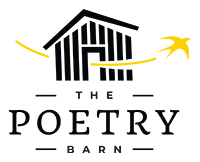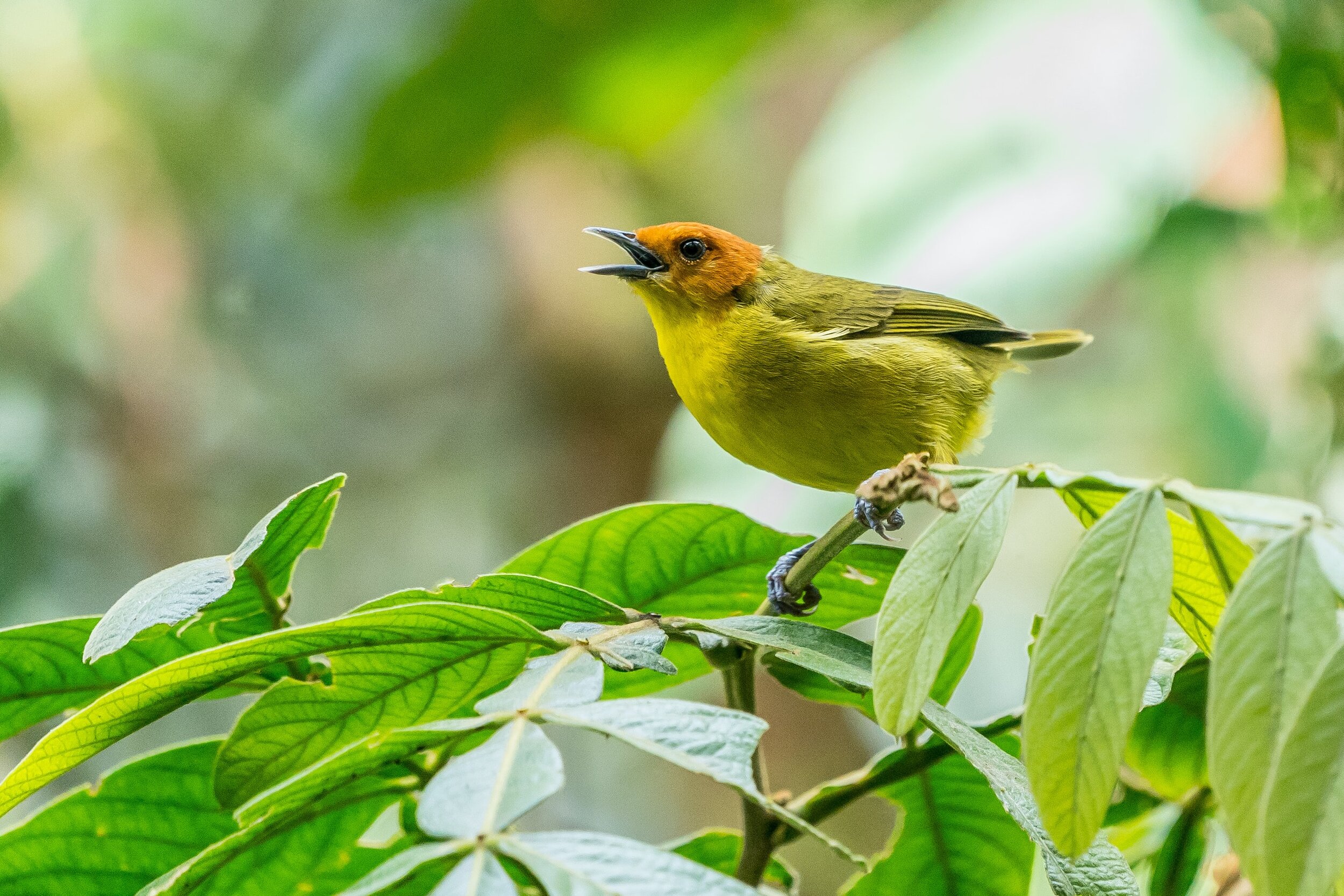 Image 1 of
Image 1 of


The Well-Turned Poem
Dates: Any
Format: Independent Study (more info)
The turn—sometimes called the swerve, the twist, the pivot, or in a sonnet, the volta—is a significant shift in rhetorical and/or dramatic trajectory in a poem. It’s that moment of acceleration when the poem careens around a blind curve then lifts off the page, rocketing us into another dimension. It is, says poet-novelist Kim Addonizio, “the leap from one synapse to another, one thought to a further thought, one level of understanding or questioning to being in the presence of the mystery.“
In this self-paced workshop, you’ll explore the power of the turn with an emphasis on structure, rather than form or genre. You’ll study specific poetic structures—such as ironic, emblematic, and concessional—as a means to writing poems that do indeed turn, leap, and swerve, in short, poems that move/us. You’ll read example poems from Emily Dickinson to Terrance Hayes to Julie Sheehan to Wang Ping that utilize these and other poetic structures, then apply their strategies to your own work.
You’ll also read excerpts from Michael Theune’s book, Structure & Surprise: Engaging Poetic Turns, Randall Jarrell’s essay, “Levels and Opposites: Structure in Poetry,” and Ellen Bryant Voigt’s book, The Flexible Lyric. Each week will include both generative and revision based writing prompts.
Shortly after you Add to Cart, you will receive an email containing an invitation to create an account and begin learning. Note: This class does not include feedback or interaction with the instructor or other learners, and is accessible for thirty days. If more time is needed, just contact us.
Dates: Any
Format: Independent Study (more info)
The turn—sometimes called the swerve, the twist, the pivot, or in a sonnet, the volta—is a significant shift in rhetorical and/or dramatic trajectory in a poem. It’s that moment of acceleration when the poem careens around a blind curve then lifts off the page, rocketing us into another dimension. It is, says poet-novelist Kim Addonizio, “the leap from one synapse to another, one thought to a further thought, one level of understanding or questioning to being in the presence of the mystery.“
In this self-paced workshop, you’ll explore the power of the turn with an emphasis on structure, rather than form or genre. You’ll study specific poetic structures—such as ironic, emblematic, and concessional—as a means to writing poems that do indeed turn, leap, and swerve, in short, poems that move/us. You’ll read example poems from Emily Dickinson to Terrance Hayes to Julie Sheehan to Wang Ping that utilize these and other poetic structures, then apply their strategies to your own work.
You’ll also read excerpts from Michael Theune’s book, Structure & Surprise: Engaging Poetic Turns, Randall Jarrell’s essay, “Levels and Opposites: Structure in Poetry,” and Ellen Bryant Voigt’s book, The Flexible Lyric. Each week will include both generative and revision based writing prompts.
Shortly after you Add to Cart, you will receive an email containing an invitation to create an account and begin learning. Note: This class does not include feedback or interaction with the instructor or other learners, and is accessible for thirty days. If more time is needed, just contact us.
Dates: Any
Format: Independent Study (more info)
The turn—sometimes called the swerve, the twist, the pivot, or in a sonnet, the volta—is a significant shift in rhetorical and/or dramatic trajectory in a poem. It’s that moment of acceleration when the poem careens around a blind curve then lifts off the page, rocketing us into another dimension. It is, says poet-novelist Kim Addonizio, “the leap from one synapse to another, one thought to a further thought, one level of understanding or questioning to being in the presence of the mystery.“
In this self-paced workshop, you’ll explore the power of the turn with an emphasis on structure, rather than form or genre. You’ll study specific poetic structures—such as ironic, emblematic, and concessional—as a means to writing poems that do indeed turn, leap, and swerve, in short, poems that move/us. You’ll read example poems from Emily Dickinson to Terrance Hayes to Julie Sheehan to Wang Ping that utilize these and other poetic structures, then apply their strategies to your own work.
You’ll also read excerpts from Michael Theune’s book, Structure & Surprise: Engaging Poetic Turns, Randall Jarrell’s essay, “Levels and Opposites: Structure in Poetry,” and Ellen Bryant Voigt’s book, The Flexible Lyric. Each week will include both generative and revision based writing prompts.
Shortly after you Add to Cart, you will receive an email containing an invitation to create an account and begin learning. Note: This class does not include feedback or interaction with the instructor or other learners, and is accessible for thirty days. If more time is needed, just contact us.
Teaching Artist






